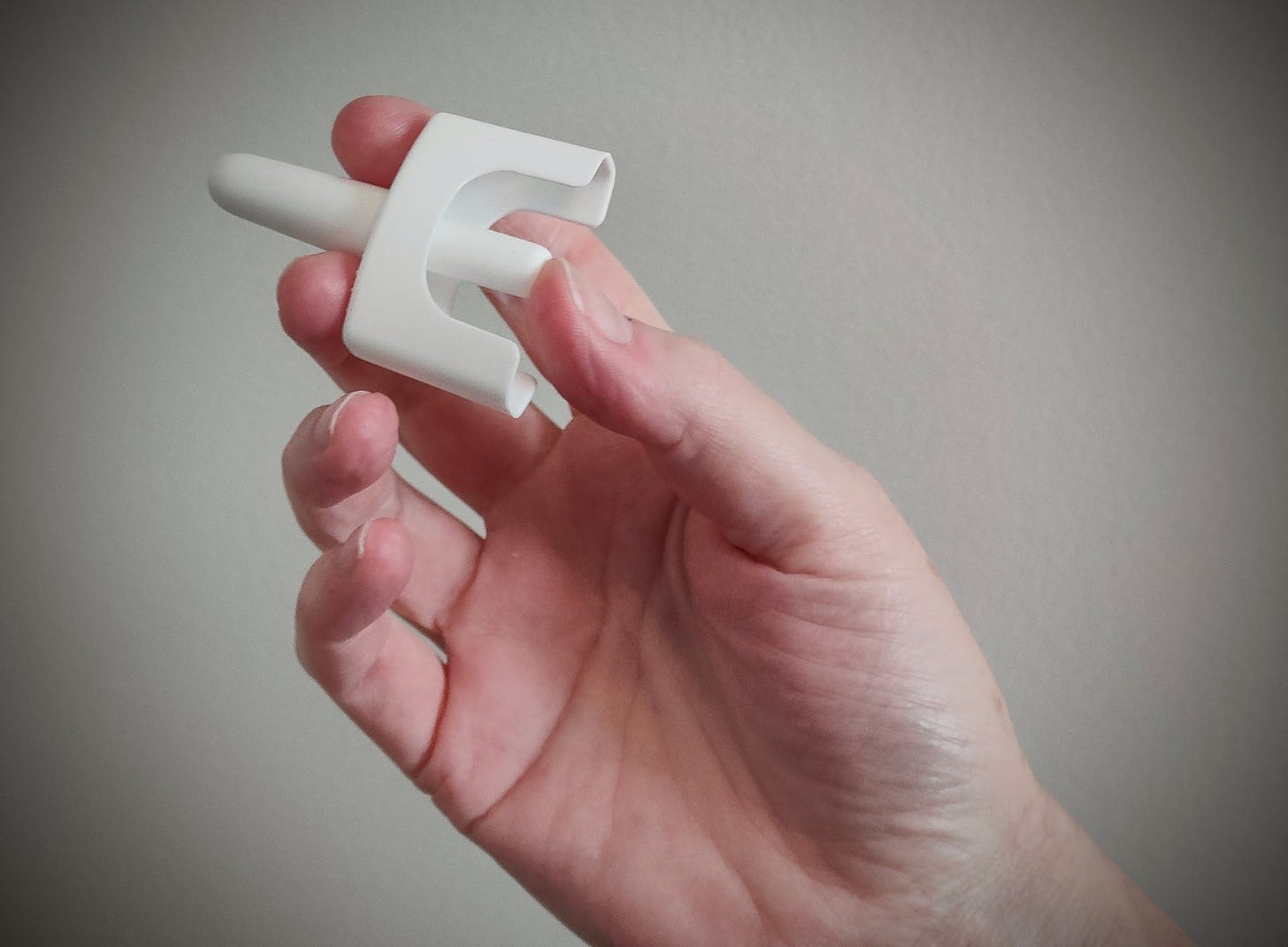Nasal Adrenaline Spray for Anaphylaxis Now Recommended by European Medicines Agency
The first needle-free solution for people suffering from severe allergic reactions
"How big is the needle, and will it hurt?"
Over the past 25 years of providing Red Cross first aid training, these are the most common questions students ask our instructors while discussing anaphylaxis (severe allergic reaction).
For millions of people worldwide with severe allergies who dread the thought of needles, there's a ray of hope. The current method of using an autoinjector to administer epinephrine into the thigh will soon be replaced by a more user-friendly option—a nasal spray.
At its June 27, 2024, meeting, the European Medicines Agency's Committee for Medicinal Products for Human Use (CHMP) recommended administering epinephrine via nasal spray instead of injection as the first step in emergency treatment for allergic reactions and exercise-induced anaphylaxis, emphasizing its safety and efficacy.
What happens during an anaphylactic reaction?
Anaphylaxis is a severe, life-threatening allergic reaction that often occurs within minutes of exposure to an allergen, usually from food, medication, insect stings, or latex. It’s estimated that up to 2% of the world’s population will experience anaphylaxis at some point in life.
During an anaphylactic reaction, the immune system releases a flood of chemicals. This sudden change in chemistry can send the body into shock. Blood pressure plummets, and airways constrict, causing severe breathing problems. The person's pulse may be fast and weak, and they may have a skin rash. Other symptoms include nausea and vomiting.
Seconds count
A person suffering from anaphylaxis needs an epinephrine injection followed by a swift visit to an emergency room. Even if the person has access to epinephrine, for example, an EpiPen or other device, first aiders should call EMS. Any delay in diagnosis or treatment delay can be fatal.
Treatment with epinephrine decreases the severity of the anaphylactic reaction by binding to adrenergic receptors. The medication constricts blood vessels (slowing the spread of histamine and reduces blood vessel permeability. Adrenaline also relaxes the smooth muscles in the lungs, leading to easier breathing.
Delays in treatment
Although epinephrine autoinjectors are highly effective as an emergency treatment when used properly, some patients and caregivers hesitate or fail to administer treatment when it’s needed. Fear of needles may cause treatment delays even when an autoinjector is available. People also worry about whether they need medical training to give an injection or delay giving treatment because the autoinjector device is not accessible.
A new delivery method
ARS Pharmaceuticals has produced the first needle-free adrenaline option for emergency treatment of allergic reactions in the form of a nasal spray. EURneffy is the trade name for neffy® (epinephrine nasal spray) in the European Union, and CHMP has recommended granting marketing authorization for Eurneffy to ARS Pharmaceuticals.
Clinical study results
During 14 clinical studies involving 537 healthy people aged 19-55, researchers compared the safety and efficacy of Eurneffy with medicinal products in which adrenaline was injected intramuscularly.
The studies assessed blood pressure and heart rate and how the medicine is absorbed in, modified by, and removed from the body. CHMP reported that results demonstrated the adrenaline nasal spray is absorbed rapidly by the nasal mucosa and distributed throughout the body, with effects comparable to those of products given by intramuscular injection,
No significant adverse events were reported in the clinical trials. The most common side effects were similar to those experienced with injections and included nausea, headache, throat irritation, and dizziness. Nasal discomfort and a runny nose were also associated with the spray's use.
The committee recommended that additional risk minimization measures, including training videos and other digital educational materials, be made available to patients, carers, and healthcare professionals to prevent inappropriate use of the device.
In a statement after the June meeting, Richard Lowenthal, Co-Founder, President and CEO of ARS Pharma said,
"EURneffy's needle-free, smaller form and longer and less temperature-sensitive shelf-life may increase the likelihood that patients will both carry and administer adrenaline, which improves the outcome of allergic reactions."
Next steps
The European Commission will make the final decision about granting marketing authorization in the European Union in late 2024.
With the advent of epinephrine nasal sprays in pharmacies, the days of delaying first aid during an anaphylactic emergency due to fear of needles will be a thing of the past. This advancement promises to empower individuals to act swiftly and effectively, bringing hope for a more effective management of anaphylaxis.
Enabling people to use a nasal spray device rather than an autoinjector will save lives.






Thank you for valuable update, Gill. I liked your informative and educational story.
Thanks for reading and commenting on my first Substack post Dr. Yildiz. 🙂